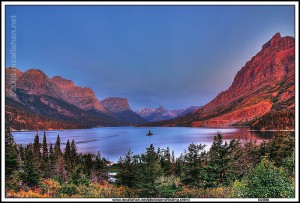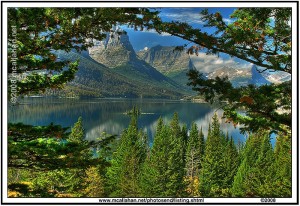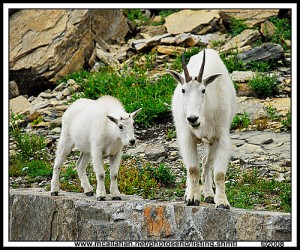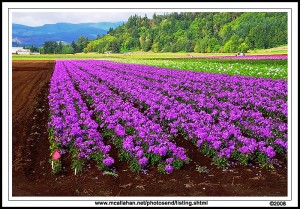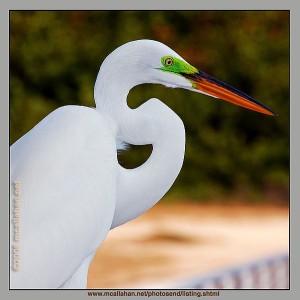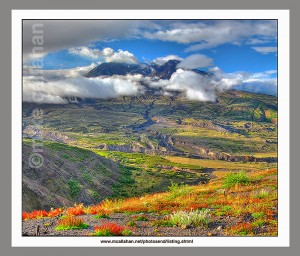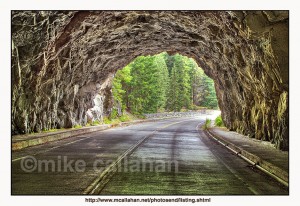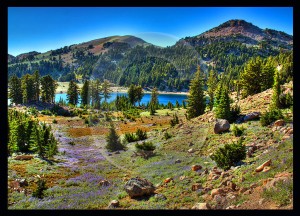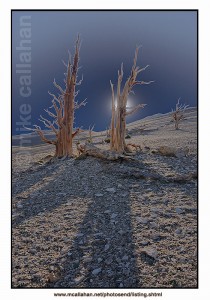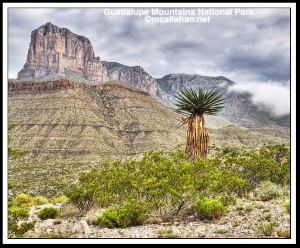Pound for pound, I think the greatest scenery in all the National Parks (that I’ve been to anyway) is in Glacier National Park in Montana. Its hard to say that anything exceeds Denali National Park in Alaska. But if you don’t get knocked out by driving “Going to the Sun Road”, then I don’t know what WILL do it for you.
The next two photographs are of “Wild Goose Island” and Saint Mary Lake, on the eastern side of the USA portion of the park. The first one is taken from the most well known of the viewpoints for the island, right at sunrise.
The second photo is taken from a spot that I found, which involved a little bit of hiking around. I used the tree limbs to ‘frame’ the scene.
The island and the lake are the same. But notice how the changing of light conditions, and a different viewing perspective, can dramatically alter the photograph
I just had to throw these guys in here too. Mountain goats. Big ones. Way too friendly.
These two goats demonstrated no fear of people. Or cars. One of them spent a good 45 minutes lapping up cooler drainage water, right off the parking lot asphalt. Can’t beat that human food taste. Then he caused a minor crisis because he wanted to do the same thing with some antifreeze boil off from another vehicle. But the rangers were right on that, keeping the goat away and washing the antifreeze down a handy storm drain.
